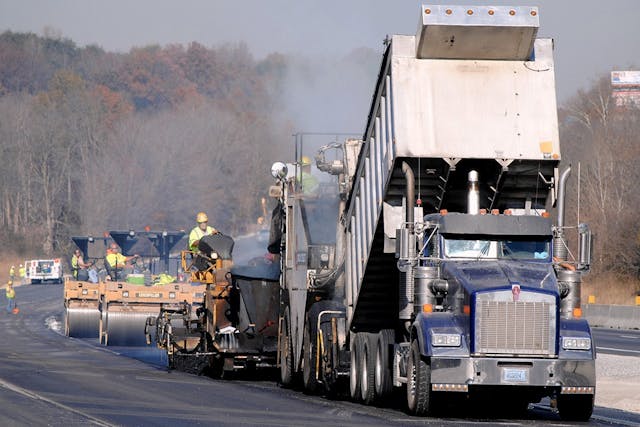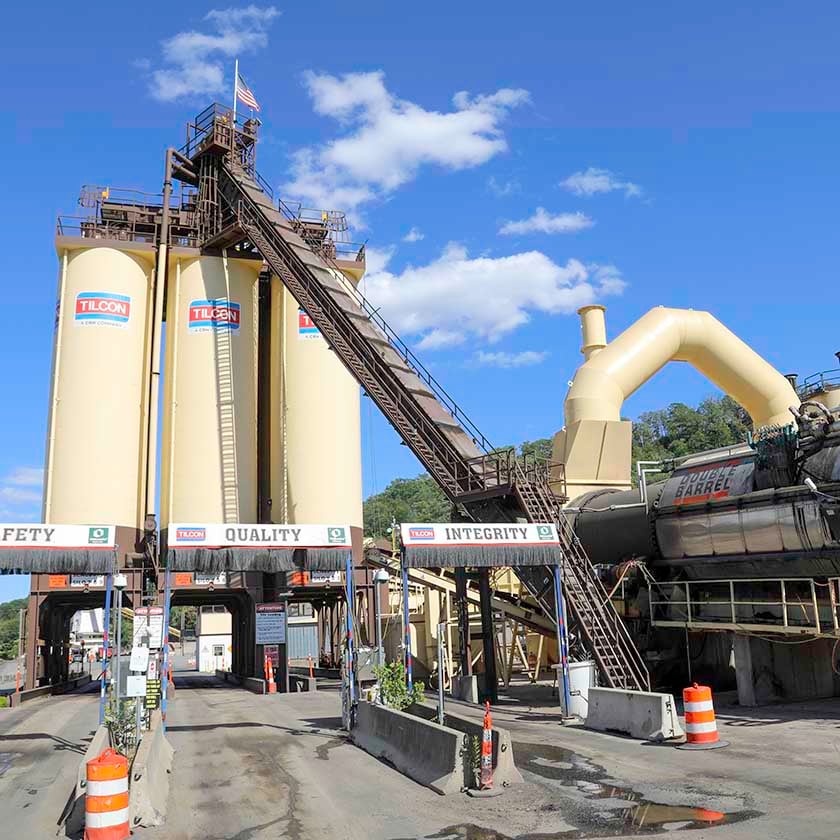Hot Mix Asphalt Paving: Elevating Commercial Parking Lot Specifications
Hot Mix Asphalt Paving: Elevating Commercial Parking Lot Specifications
Blog Article
Opening the Tricks of Hot Mix Asphalt Innovation
Exploring the depths of hot mix asphalt innovation reveals a globe where thorough processes and specific formulas assemble to shape our roads and framework. The combination of binders, accumulations, and fillers isn't simply a building job however a critical orchestration of toughness and effectiveness.
Importance of Warm Mix Asphalt
Warm Mix Asphalt plays a vital function in contemporary facilities development due to its toughness and cost-effectiveness. As the most frequently used leading material for roadways, freeways, and vehicle parking great deals, Hot Mix Asphalt provides a variety of benefits that contribute to its importance in building jobs.
The longevity of Hot Mix Asphalt originates from its make-up, that includes accumulations, binder, and filler materials that are thoroughly selected and mixed to meet details performance needs. This specific mix results in a versatile and strong pavement that can endure regular use without considerable wear and tear. Warm Mix Asphalt is 100% recyclable, further improving its sustainability and environmental advantages. On the whole, the relevance of Hot Mix Asphalt in infrastructure advancement can not be downplayed, as it proceeds to be a keystone of contemporary building and construction practices.
Components of Asphalt Mixes
The composition of asphalt mixes contains thoroughly chosen accumulations, binder, and filler products that are critical for achieving certain efficiency needs. Accumulations are the primary component of asphalt blends, supplying stamina and stability. These aggregates can be all-natural, such as gravel or crushed stone, or synthetic, like recycled products from old pavements. The binder, usually asphalt or asphalt concrete, holds the aggregates with each other and offers adaptability and sturdiness to the mix. The selection of the binder is crucial as it straight influences the mix's efficiency in various climate condition. Fillers, such as hydrated lime or Portland cement, are made use of to enhance the mix's workability and aging resistance. Angled Parking.
The mix and proportion of these elements play a significant role in identifying the top quality and performance of the asphalt mix. Designers very carefully create the mix to meet particular requirements, taking into consideration aspects like traffic quantity, environment problems, and pavement life-span. Correct option and balancing of accumulations, binder, and fillers are crucial for developing long lasting, resilient asphalt sidewalks.
Combining and Production Techniques

As soon as the accumulations are chosen, the binder, usually asphalt cement, is contributed to bind the materials together. The binder's top quality and quantity dramatically influence the mix's resistance, strength, and versatility to environmental factors. Additionally, fillers like hydrated lime or Rose city concrete might be incorporated to improve specific features of the asphalt mix, such as its workability or dampness resistance.
Throughout production, the aggregates and binder are heated, typically in between 250-325 ° F(121-163 ° C ), to promote blending and make certain appropriate coating of the aggregates. The mixing procedure needs to be extensive to attain an uniform blend that promotes the preferred performance characteristics of the asphalt. Various strategies, such as set blending or drum blending, are utilized to achieve constant and high-quality asphalt mixes for building and construction tasks.
Aspects Influencing Asphalt Efficiency
Aspects affecting asphalt performance include a series of variables that affect the toughness, long life, and overall quality of asphalt sidewalks. One key element is the top quality of products utilized in the asphalt mix. The type and source of accumulations, the binder quality, and the additives all play a considerable role in establishing the performance of the asphalt see this here sidewalk. The rank of aggregates is vital as it affects the mix's workability, stability, and resistance to rutting and fracturing.

Ecological conditions also affect asphalt efficiency. Temperature level variations, dampness infiltration, and traffic lots can all impact the structural honesty of the sidewalk. Style factors to consider, such as pavement thickness and water drainage, are vital in guaranteeing the lasting performance of the asphalt pavement. By carefully thinking about these aspects, contractors and engineers can optimize asphalt performance and enhance the service life of sidewalks.
Sustainable Practices in Asphalt Technology

WMA allows for the production and placement of asphalt mixes at reduced temperatures contrasted to traditional hot-mix asphalt, resulting in lowered power intake and greenhouse gas emissions. The use of permeable asphalt mixes can aid minimize stormwater runoff concerns by permitting water to penetrate via the sidewalk and right into the ground, promoting natural water purification and charge procedures.
Verdict
Finally, hot mix asphalt innovation plays a crucial Extra resources function in modern infrastructure development due to its durability and cost-effectiveness. By very carefully stabilizing elements, employing appropriate mixing strategies, and thinking about numerous factors, engineers can create top notch asphalt mixes that endure heavy traffic lots and harsh weather. Welcoming lasting methods, such as making use of recycled materials and warm-mix innovations, even more enhances the ecological friendliness of asphalt innovation.
Mixing and manufacturing strategies in warm mix asphalt technology entail the specific combination and handling of aggregates, binder, and fillers to produce a long lasting and high-performance asphalt mix.Variables affecting asphalt efficiency encompass an array of variables that influence the resilience, longevity, and total high quality of asphalt sidewalks. Lasting techniques in asphalt innovation encompass numerous efforts intended at minimizing the environmental influence of asphalt manufacturing and paving procedures. By integrating recovered asphalt sidewalk (RAP) and recycled asphalt i was reading this tiles (RAS) right into brand-new asphalt mixes, the market can dramatically minimize the intake of raw materials and energy, while likewise lowering landfill waste.
WMA permits for the manufacturing and placement of asphalt blends at reduced temperature levels contrasted to standard hot-mix asphalt, resulting in lowered power usage and greenhouse gas emissions.
Report this page